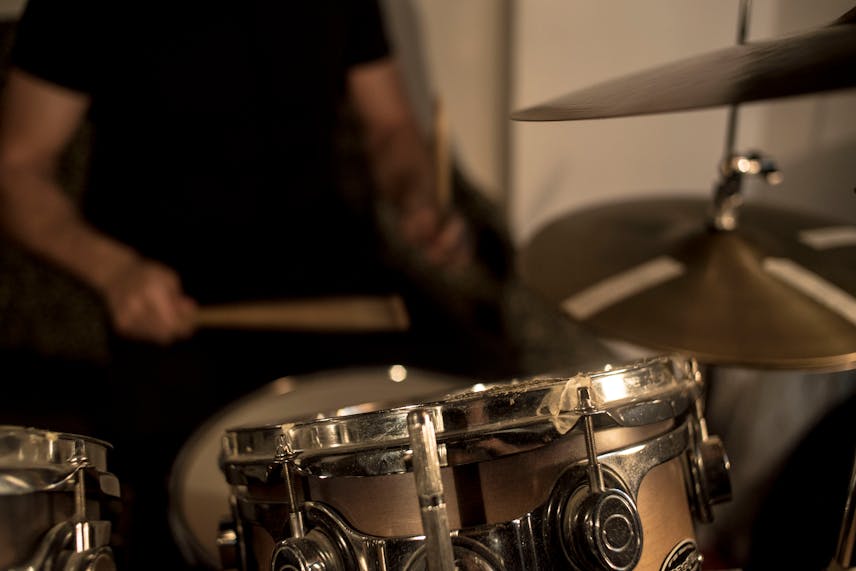If you’re venturing into the soothing universe of LOFI music, understanding the role of drums for lofi is crucial for setting the right atmosphere. Drums in LOFI music aren’t just a rhythmic backbone; they are a canvas for emotion and ambiance. This blog post will explore how drums can be used creatively to define the essence of LOFI music.
Understanding the LOFI Drum Aesthetic
LOFI, short for ‘low fidelity’, is known for its relaxed, nostalgic sound that often includes intentional imperfections to give the music character and warmth. When it comes to drums for lofi, the aesthetic is no different. The goal is to achieve a sound that feels vintage, dusty, and perhaps even slightly degraded, as if the beat has been sampled from an old vinyl record.
The Importance of Drum Selection
Choosing the right drum sounds is the first step in creating a LOFI beat. Typically, producers will look for kicks, snares, and hi-hats that have a soft, muted quality. These sounds are often layered with vinyl crackles, tape hiss, and other textural noises to enhance the vintage vibe. The idea is to select drums that complement the music’s laid-back nature without overpowering the mix.
Creating a Groove with Swing and Timing
Timing and swing are essential components when programming drums for lofi. A slightly off-kilter rhythm, where the drums don’t hit exactly on the grid, can contribute to the genre’s characteristic relaxed feel. By nudging certain drum hits slightly off time, you can create a groove that feels more human and less mechanical. This technique, often referred to as ‘lazy’ or ‘drunken’ drumming, is a hallmark of the LOFI sound.
Processing Techniques for LOFI Drums
Once you have your drum sounds selected, the next step is processing. This typically involves a combination of EQ, compression, and saturation to achieve the desired LOFI character. EQ is used to roll off the high-end frequencies, giving the drums a more muffled sound. Compression helps to glue the drum elements together, while saturation adds harmonic distortion that contributes to the warmth and texture of the beat.
Layering and Texturing
Layering is a technique where multiple drum sounds are stacked together to create a more complex and interesting texture. For instance, layering a snare with the sound of a vinyl crackle can give it a gritty, aged quality. Texturing involves adding ambient sounds, like field recordings or background noise, to fill out the space and add depth to the drum track.
Experimentation: The Key to Unique LOFI Drums
Experimentation is encouraged when crafting drums for lofi. This could mean recording your own percussive sounds, such as tapping on a desk or shaking a jar of rice, and incorporating them into your beats. It’s this creative approach that can lead to a distinctive sound, setting your LOFI music apart from the rest.
Drums for lofi are more than just a beat—they’re an integral part of the music’s identity. With the right selection, processing, and creative approach, you can craft drums that not only provide rhythm but also contribute to the overall mood and nostalgia that listeners seek in LOFI music.
In summary, creating the perfect drums for lofi involves careful sound selection, creative processing, and a willingness to experiment. It’s about crafting a beat that resonates with the listener on an emotional level, evoking feelings of relaxation and reminiscence.
